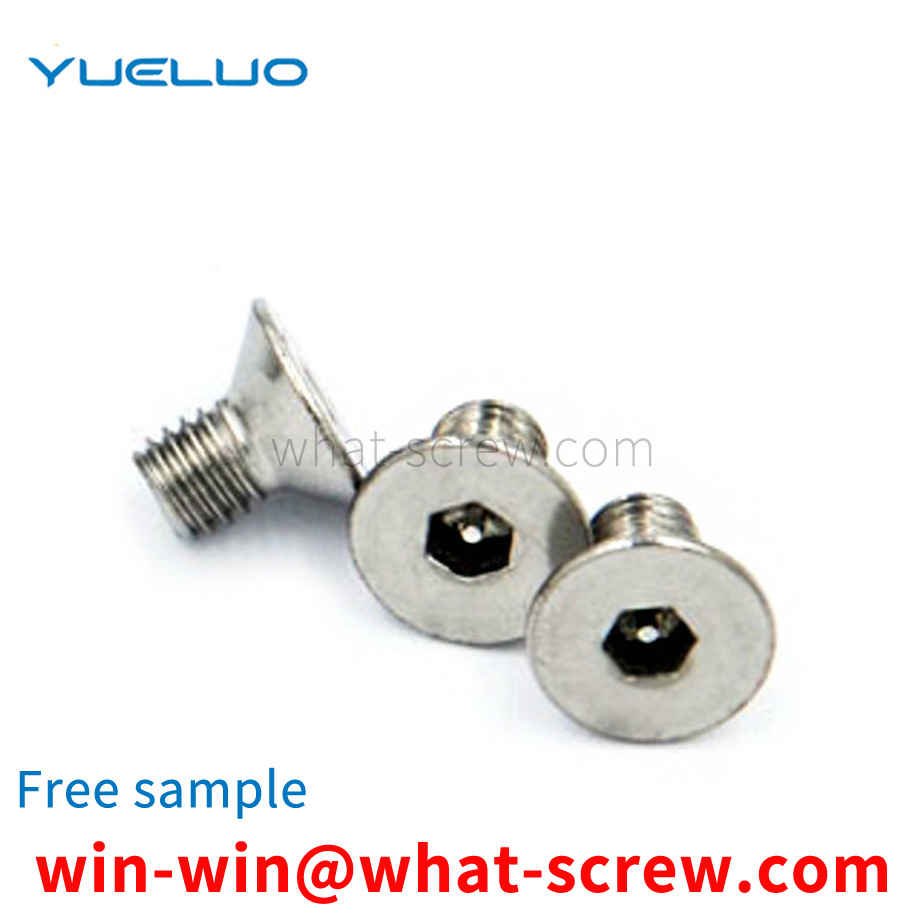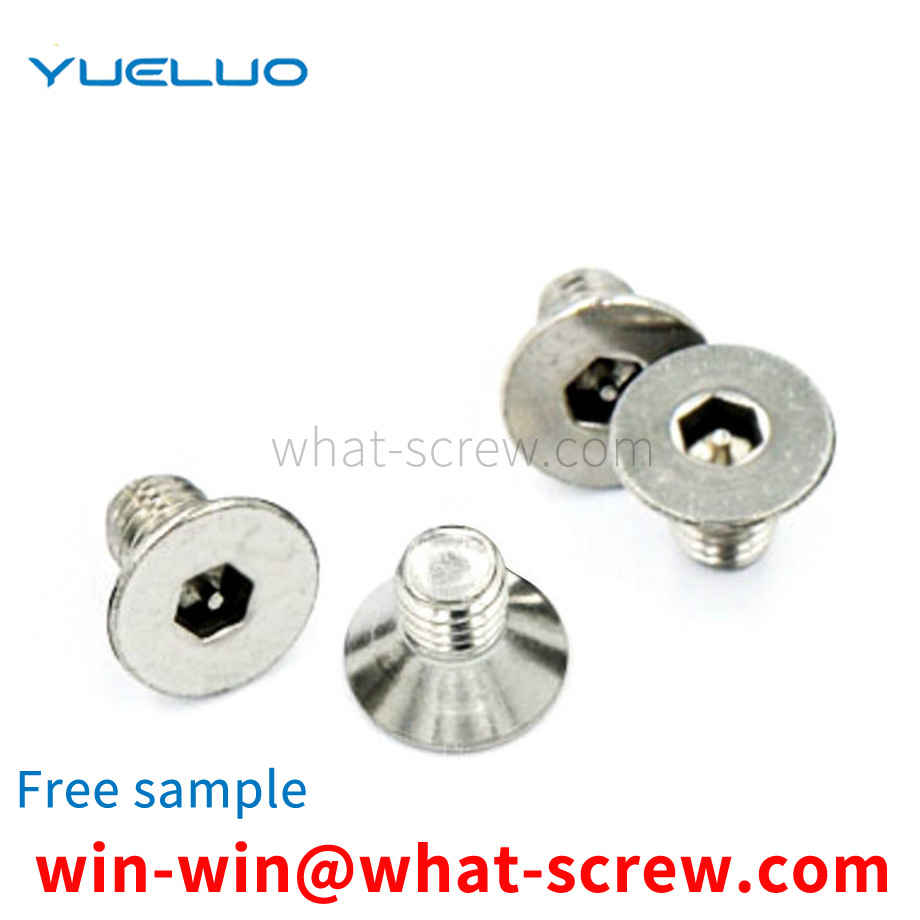screw can be equipped with only one spring washer or only one flat washer, or it can also only be equipped with a two-piece combination of flower teeth. The national standard number of the combination screw is represented by GB9074. The commonly used cross recessed small pan head three combination screw national standard is GB9074.8.
People often think that magnets attract stainless steel to verify its pros and cons and its authenticity. If it does not attract non-magnetism, it is considered to be good, and it is genuine; if it is magnetic, it is considered to be counterfeit. In fact, this is an extremely one-sided, unrealistic and wrong identification method. There are many kinds of stainless steel screws, which can be divided into several categories according to the organizational structure at room temperature: 1. Austenite type: such as 304, 321, 316, 310, etc.; 2. Martensite or ferrite type: such as 430, 420, 410, etc.; Austenite type is non-magnetic or weakly magnetic, and martensite or ferrite is magnetic. Most of the stainless steel usually used for decorative tube sheets is austenitic 304 material, which is generally non-magnetic or weakly magnetic, but may also appear magnetic due to fluctuations in chemical composition or different processing conditions caused by smelting, but this cannot be considered as a Counterfeit or substandard, what is the reason for this? As mentioned above, austenite is non-magnetic or weakly magnetic, while martensite or ferrite is magnetic. Due to component segregation or improper heat treatment during smelting, a small amount of martensite or ferrite in austenitic 304 stainless steel will be caused. body tissue. In this way, 304 stainless steel will have weak magnetism. In addition, after cold working of 304 stainless steel, the structure will also be transformed into martensite. The greater the cold working deformation, the more martensite transformation, and the greater the magnetic properties of the steel. Like a batch of steel strips, Φ76 tubes are produced without obvious magnetic induction, and Φ9.5 tubes are produced. The magnetic induction is more obvious due to the large deformation of the bending and bending. The deformation of the square rectangular tube is larger than that of the round tube, especially the corner part, the deformation is more intense and the magnetic force is more obvious. In order to completely eliminate the magnetic properties of 304 steel caused by the above reasons, the stable austenite structure can be restored by high-temperature solution treatment, thereby eliminating the magnetic properties. In particular, the magnetic properties of 304 stainless steel caused by the above reasons are completely different from those of other materials such as 430 and carbon steel, which means that the magnetic properties of 304 steel always show weak magnetic properties. This tells us that if the stainless steel strip is weakly magnetic or completely non-magnetic, it should be judged as 304 or 316 material; if it is the same as carbon steel, it shows strong magnetism, because it is judged as not 304 material.
The utility model proposes an installation structure which adopts a T-shaped bolt to cooperate with a channel, which includes a bolt head, an installation channel, a nut and a washer. The upper end of the screw rod is provided with a screw head, the two side walls of the bolt head are respectively provided with an arc surface, the two ends of the bolt head are provided with protrusions, and the interior of the installation channel is provided with an inner cavity, There is an opening above the installation channel, the bolt head is installed in the inner cavity, the nut is installed on the screw, the nut is located above the installation channel, and the gasket is installed on the installation channel and the nut between.
Rivets refer to the parts that use their own deformation or interference to connect the riveted parts in riveting. As a common fixed connector, rivets are fixed by special pull rivets, which are easy to operate and have a wide range of applications.
The post-treatment of nickel-phosphorus plating includes two main processes of driving hydrogen and polishing. ①Hydrogen drive; according to the relevant standards, the hydrogen drive temperature after plating is 200±10℃, and the treatment time is 2h. 200 ℃ is beneficial to eliminate hydrogen embrittlement, relax internal stress, improve the bonding force between the coating and the substrate, and improve the corrosion resistance of the coating. ②Polishing; the polished bolt has a bright appearance, but in order to better improve the quality of the coating, smooth the tiny traces, and obtain a bright mirror-like surface, the coating needs to be polished with a polishing machine.
We have many years of experience in the production and sales of screws, nuts, flat washers, etc. The main products are: bracket PC board isolation column, copper-plated gold screws, insulating plastic screws, PCB board fixing columns and other products, we can provide you with suitable screws for you. Firmware Solutions.



















 Service Hotline
Service Hotline




